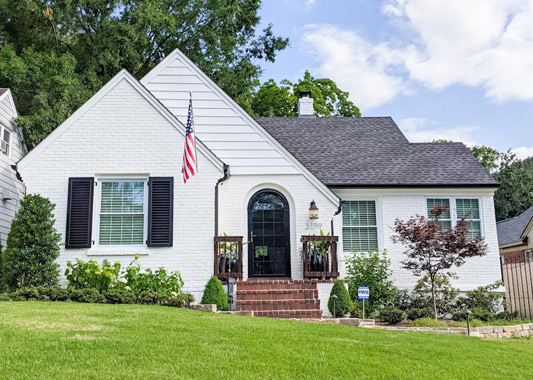Ten ways to successfully market and sell high-performance homes.
Customers need to hear about the benefits of high-performance houses many times and in many different ways, a marketing pro told attendees at the NAHB Green Building Conference on Monday.
“A buyer may have looked at 10 to 15 homes before coming to yours, and unless you tell him it’s high-performance and why that’s important, he’ll never know,” said Amber W. Stewart of consulting firm ICF International. Stewart and colleague Marylou Einfalt laid out 10 steps for successfully marketing and selling high-performance homes:
#1: Utilize an established brand that requires third-party certification. There are more than 70 programs to choose from, Stewart said, including the national green building programs, governmental initiatives such as Energy Star, WaterSense, or Indoor AirPlus, and regional organizations such as EarthCraft House or BuiltGreen.
Participating with an established program provides instant consumer recognition, Stewart said. “I can’t tell you how many builders have told me they’ve received a lot of leads by being listed on a green building program’s Web site.”
#2: Use messages that resonate with buyers. Play up key green building attributes such as quality, durability, health, and utility savings.
#3: Integrate green into all of your marketing and advertising, including social media. Do not underestimate the power of the Internet to drive sales, Stewart said. A recent National Association of Realtors survey found that 90% of buyers look online when shopping for a home.
“Find out what they’re learning about you by Googling your company, and Google green homes in your market and see what comes up,” Stewart said.
In addition, she pointed out that 125 million Americans are on Facebook, 43% of whom are over the age of 35, a prime home-buying demographic.
#4: Train your sales force and make them accountable. Salespeople won’t talk to buyers about something they don’t understand, Stewart said, so offer mandatory, ongoing training about the basic features and benefits of sustainable houses. Larger companies might consider designating one salesperson as the expert on customers’ building science questions.
#5: Incorporate green into each aspect of the sales process. Find out what makes each customer tick as it relates to high-performance homes. Ask: “What do you know about green building?” “What type of features are you looking for?” “What don’t you like about your current home?” You may find that a buyer who is concerned about indoor air quality has a son with asthma or that another client is focused on energy efficiency because his current house has drafty windows.
In addition, when running numbers at closing, Stewart suggested showing the savings that a high-performance home will yield. “Show how the utility bills will drop and how they can put that money into upgrades,” she said.
#6: Educate real estate agents, lenders, and appraisers.
#7: Notify stake holders of your commitment to green building. This includes suppliers, subcontractors, your local HBA, and the media. “Be the local expert and educator on green building,” said Einfalt. “Be prepared to speak about what sets you apart.”
#8: Hold green-themed events throughout the year. Consider sponsoring a “behind the walls” tour of an unfinished project, a party for completing your first green home, or a class on high-performance houses.
#9: Be committed to your own company philosophy.
#10: Continue to raise the bar. Never stop working to differentiate yourself from other builders in your market, Einfalt said, and stay on top of green building trends and techniques. She recommended the Web site www.dsireusa.org for updated information on local, regional, and state green building incentives that customers need to know about. “Know where the free money is,” she said.



 Photo Credit: Caldwell House, TN
Photo Credit: Caldwell House, TN